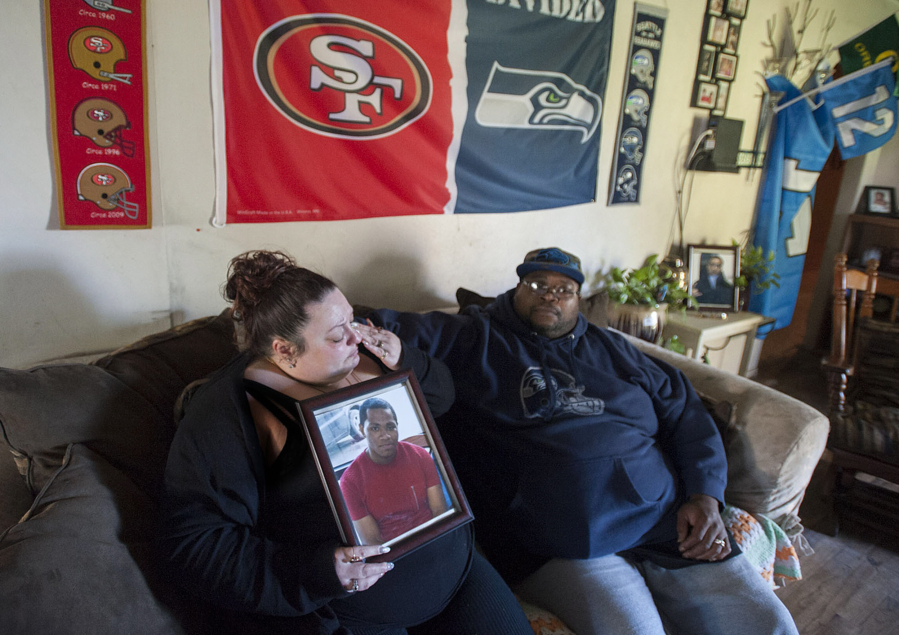Four Decades of Hate — A timeline of major local incidents involving white supremacists:
Sept. 19, 1979 — Police and fire officials respond to a woman who found a cross burning in her front yard in west Vancouver.
Jan. 30, 1980 — A group of Clark County residents, advocating for the segregation of black and Jewish people, meet in Hazel Dell in an attempt to organize a local neo-Nazi group.
October 1980 — A group of white boys wear Ku Klux Klan costumes to Prairie High School for Halloween. The mother of a black student filed a lawsuit against the school, alleging months of racial discrimination, and was awarded $1,000 in damages.
February 1988 — Two Hudson’s Bay High School students distribute racist, anti-Semitic literature, which reportedly came from a small white-power group. The students were suspended.
April 17, 1989 — An unknown white man burns a 7-foot-tall wooden cross in a black family’s yard in the Sifton area.
July 16, 2001 — Brent Ward Luyster, Robert Luyster, Roy Thompson and Brandon Ericson attack a black man in Vancouver’s Rosemere neighborhood. All were convicted.
Jan. 26, 2003 — Five skinheads allegedly beat a black Vancouver youth in the parking lot of his apartment building in the Minnehaha area. Four of them were later convicted.
Nov. 1, 2008 — Three Vancouver men affiliated with skinheads are accused of trying to kill a Vancouver man for violating gang rules.
Jan. 7, 2010 — White supremacists Zachary Beck, Kory Boyd and Lawrence Silk attack a black man in a downtown Vancouver sports bar, yelling racist slurs along with “White Power!” and “You’re dead!”
November 2011 — Vancouver’s Ronald Michael White makes numerous threats against the Woodland Police Department claiming he will send members of his neo-Nazi group after the officer who investigated his fraud case.
Dec. 7, 2011 — Steven Stanbary, who reportedly shared white separatist views, shoots and kills his wife and her sister, sets his Washougal house on fire and shoots at responding officers before killing himself.
March 18, 2013 — Brent Ward Luyster, brother Robert Luyster and Donald McElfish are accused of threatening to kill an interracial couple at Vancouver’s QuarterDeck Bar.
June 30, 2014 — James “Todd” Sapp of the Aryan Brotherhood shoots Vancouver police Officer Dustin Goudschaal seven times during a traffic stop. Sapp later kills himself while awaiting trial.
July 15, 2016 — Documented white supremacist Brent Ward Luyster is accused of killing three people and injuring a fourth.
Aug. 10, 2016 — White prison gang member Russell Courtier is accused of intentionally running a car into and killing Larnell Malik Bruce, 19, of Vancouver.
SOURCE: The Columbian archives





